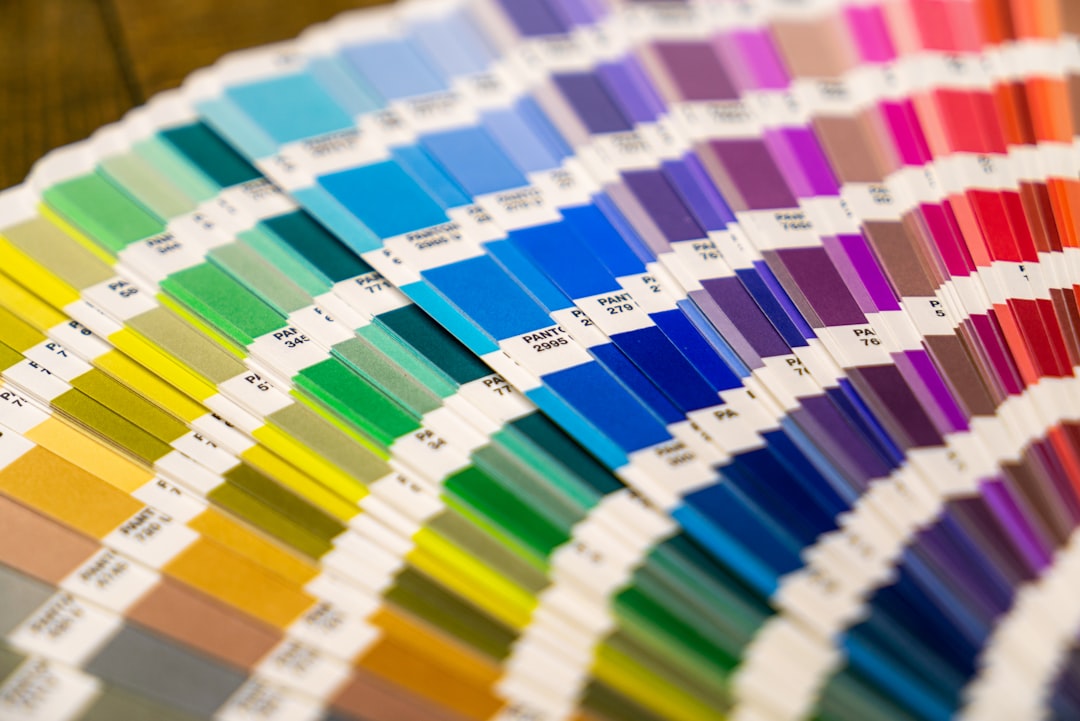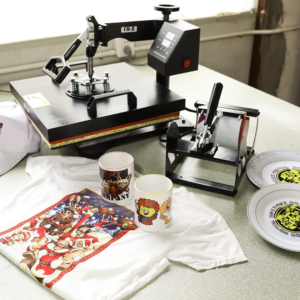DTF Printing in Hyderabad: The Revolutionary Printing Technique Everyone’s Talking About
1. Introduction
There’s a new printing technique that’s taking the industry by storm, and it’s called DTF (direct-to-film). Unlike traditional printing methods, DTF uses a direct exposure process that eliminates the need for costly film positives. This makes it possible to print on a variety of substrates, including plastics, metals, glass, and more.
DTF is also faster and more accurate than traditional printing methods, which means it can be used for a wide range of applications, from product labels to packaging. So if you’re looking for a revolutionary printing technique that can save you time and money, DTF is the way to go!
2. What is DTF printing?
DTF printing in Hyderabad is a revolutionary printing technique that combines high-quality printing with low overhead. It prints directly onto a variety of substrates including plastics, metals, glass, and more.
The process is fast and accurate, which makes it perfect for producing quick turnaround prints. Additionally, prints can be produced at higher resolutions.
The DTF process begins with a digital file that is processed to produce a series of tiny drops of ink that is applied to the substrate layer by layer. This process is faster and offers more accuracy than traditional printing methods, resulting in vivid and detailed prints.
Using DTF printing, it is possible to produce a wide range of prints from product labels and packaging to signs and posters. The prints are also water-resistant and highly durable, making them suitable for outdoor use or long-term projects.
3. How is DTF different from other printing methods?
DTF printing is different from other printing methods in several ways. First, the process prints directly onto the substrate. This eliminates the need for printing plates, which can be time-consuming and expensive to produce. Second, DTF printing requires no layers as each layer of the design is printed directly onto the substrate. Third, the process is faster, producing prints at speeds of up to 600m2 per hour with higher resolution. Lastly, DTF printing is not requires a film positives and can produce prints at higher resolutions.

4. The benefits of DTF printing
The benefits of DTF printing include increased efficiency, higher print resolution, and better color reproduction. The process is fast and efficient, reducing lead times by up to a third compared to other printing methods. Additionally, the process provides better print resolution and color reproduction, allowing for sharper and more accurate designs as well as deeper and clearer color range and saturation.
5. What can be printed using DTF?
DTF printing is revolutionizing the art of printing, allowing for quick and sophisticated printing solutions, but what can be printed using it? The beauty of DTF printing is its versatility — it can accommodate a variety of prints including textiles, designs, paper goods, and more.
Textiles – High-resolution prints on almost any fabric substrate can be achieved using DTF printing, making it perfect for stylish and vibrant apparel.
Designs – Textiles, wallpapers, and other prints that require detailed reproduction such as photographs, intricate patterns, or complex designs can now be printed using DTF.
Paper Goods – Business cards, postcards, stickers, labels, and more can all be printed using DTF, providing a professional touch to your printed materials.
DTF printing is an exciting new technology that is revolutionizing the printing industry, and its applications are seemingly limitless. It’s no wonder that it’s piquing the interest of businesses and designers around the world.

